How Does Your Garden Grow?
Exploring Plants with Children
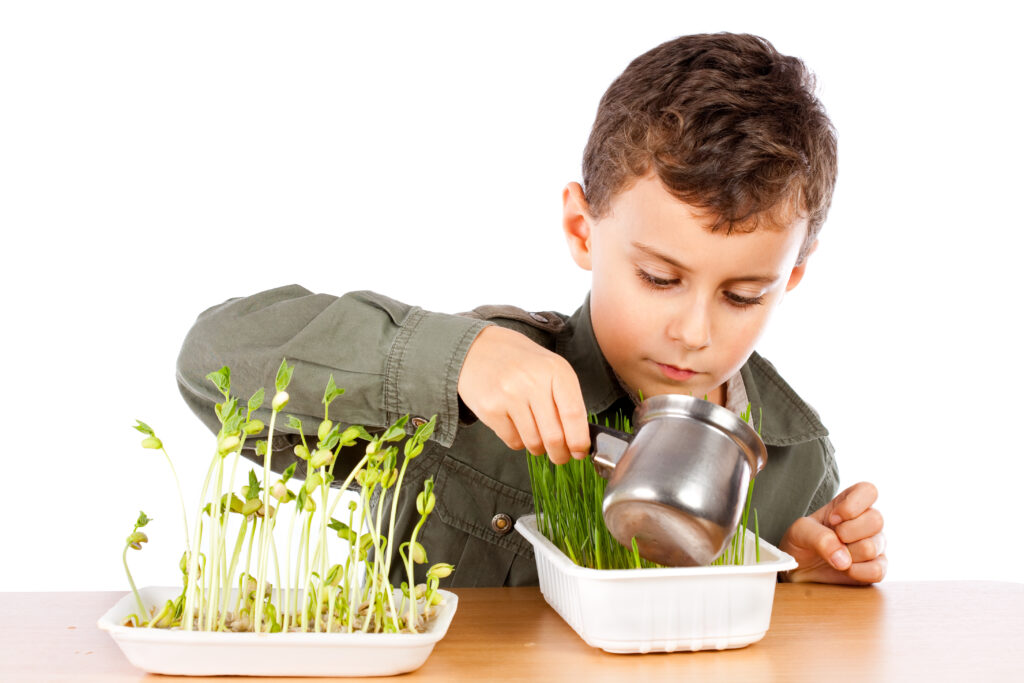
Using plants to teach STEM is one of the great joys of the arrival of spring.
These garden-related learning experiences offer practical connections to a wide range of science teaching objectives and curricular standards. Although these experiences are seen as a typical science lesson, we’ve found ample opportunities to integrate engineering in the unit.
Many gardening activities can be done right in your classroom if a dedicated garden space is not available. We have integrated hands-on plant activities not only in the classroom, but also as part of our Family STEM Nights and at museum centers.
Before we can begin any engineering activity with plants, we have several favorite activities in which students can learn about the basic parts of plants and how they can grow from a seed.
Living Seed Necklaces

Using tiny jewelers bags, damp cotton balls, bean seeds, a hole punch, and yarn, students create a living necklace to wear. Through the jeweler’s bag, your students will observe the tiny seed become a seedling that they can eventually plant. with this science /craft activity students will be able to witness:
Germination: The process in which a seed emerges after a period of dormancy.
Cotyledons: The meaty part of the seed that provides the nutrients to the baby plant.
Embryo: The beginnings of the plant usually contained in the seed.
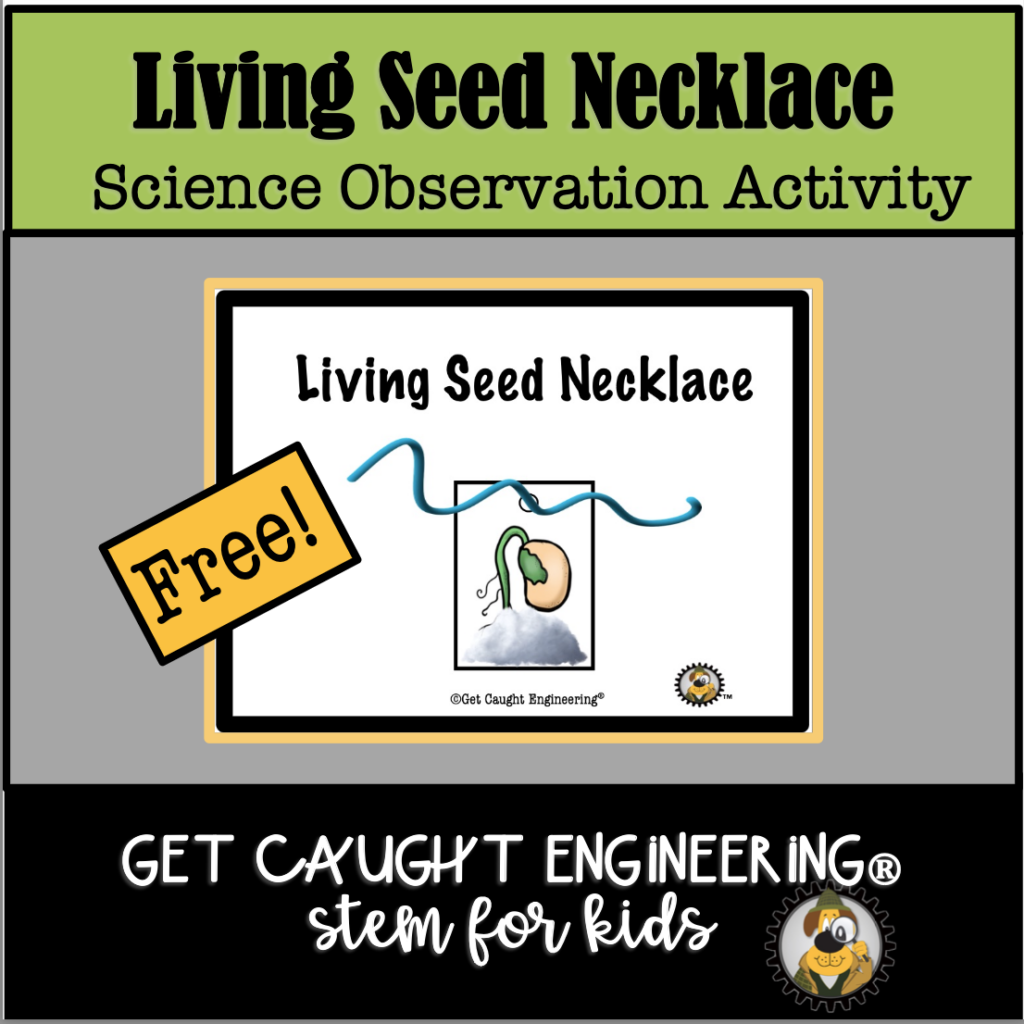
Dissecting Flowers
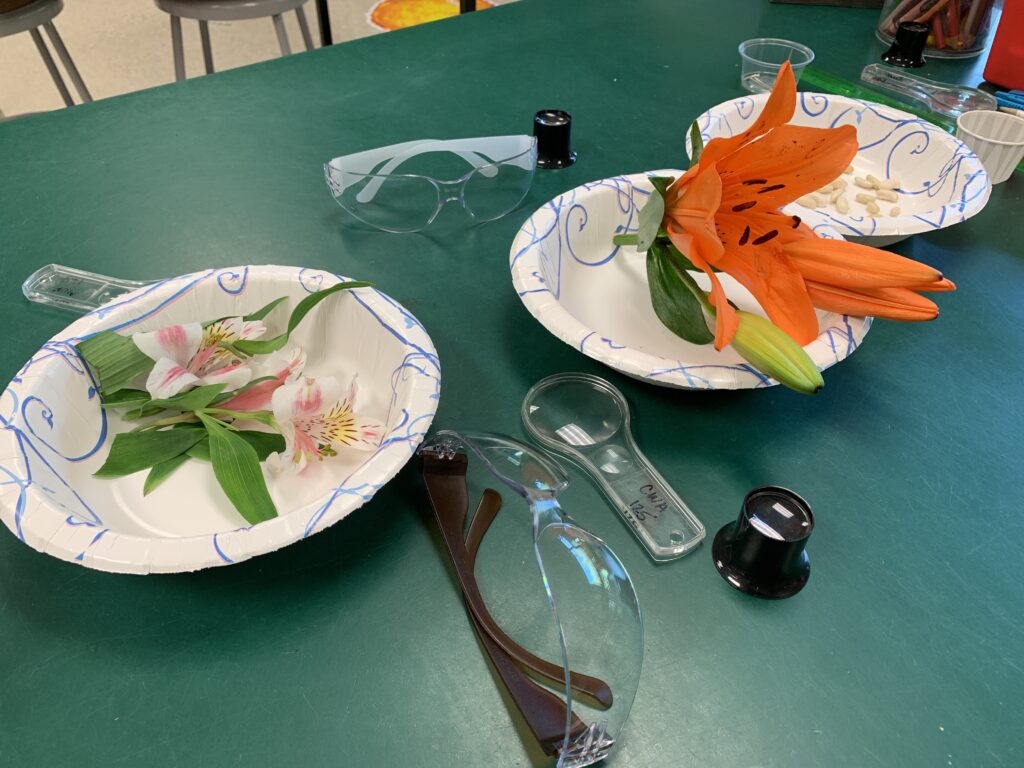
Students learn so much by dissecting flowers and labeling the parts they find. To enhance this lesson,we introduce jeweler’s loupes that we get from the Private Eye Company. These great tools help students carefully examine the parts of plants in great detail and then make drawings of their plant parts. We encourage them to draw what they actually see and not what they think it should look like. The growth in their ability to do scientific illustrations is tremendous!
Fast Plants
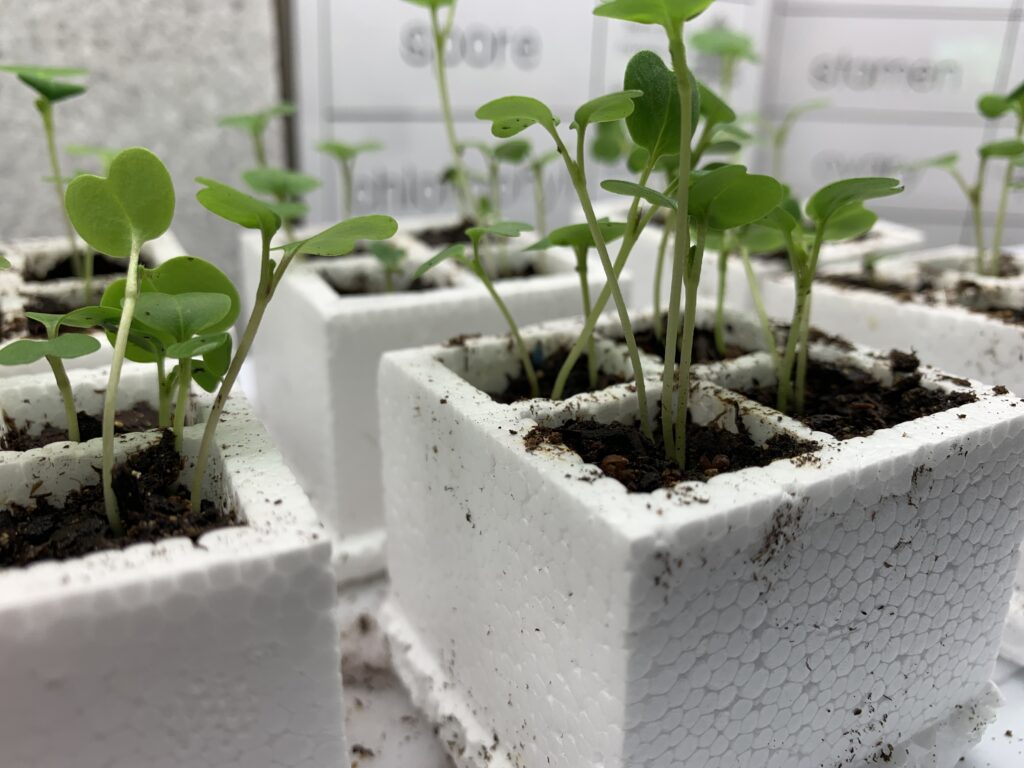
The seeds and materials from the Wisconsin Fast Plant Company allow us to do an entire plant cycle from seed to plant in under 40 days. The plant, the Rapid Cycling Brassicarapa, was developed specifically for the classroom. This is perfect for a unit that needs to be completed entirely in the classroom. All materials are provided and are easy to set up – you only need a window or a grow light! This is our must have for every plant unit.
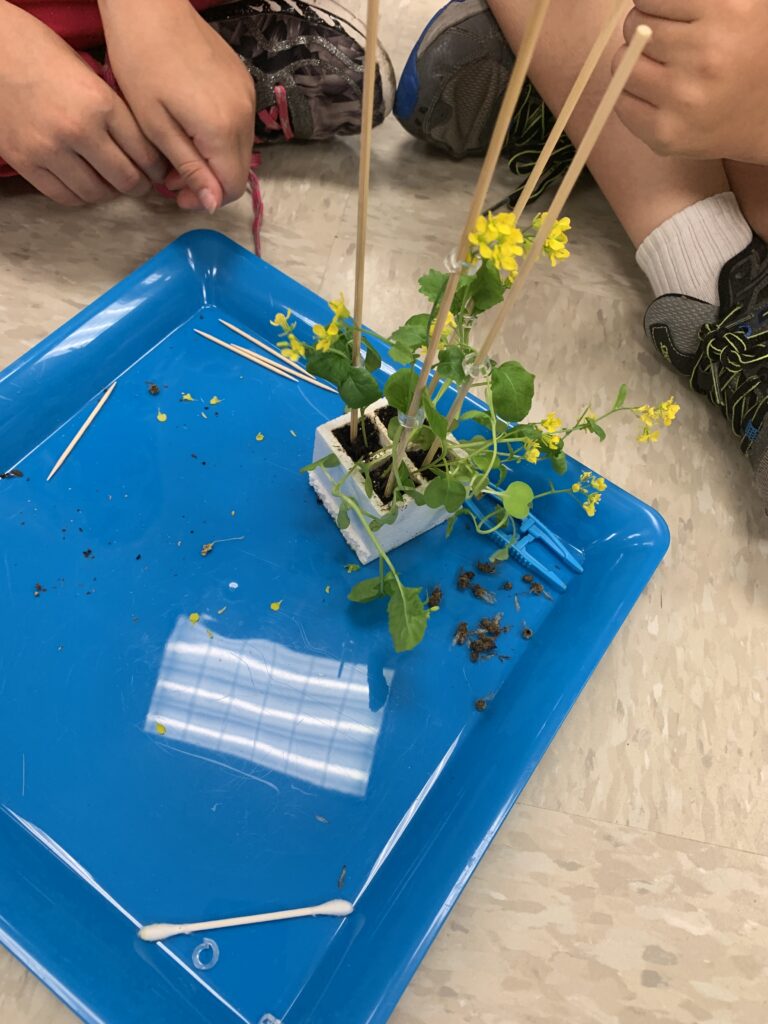
Citizen Science Activities
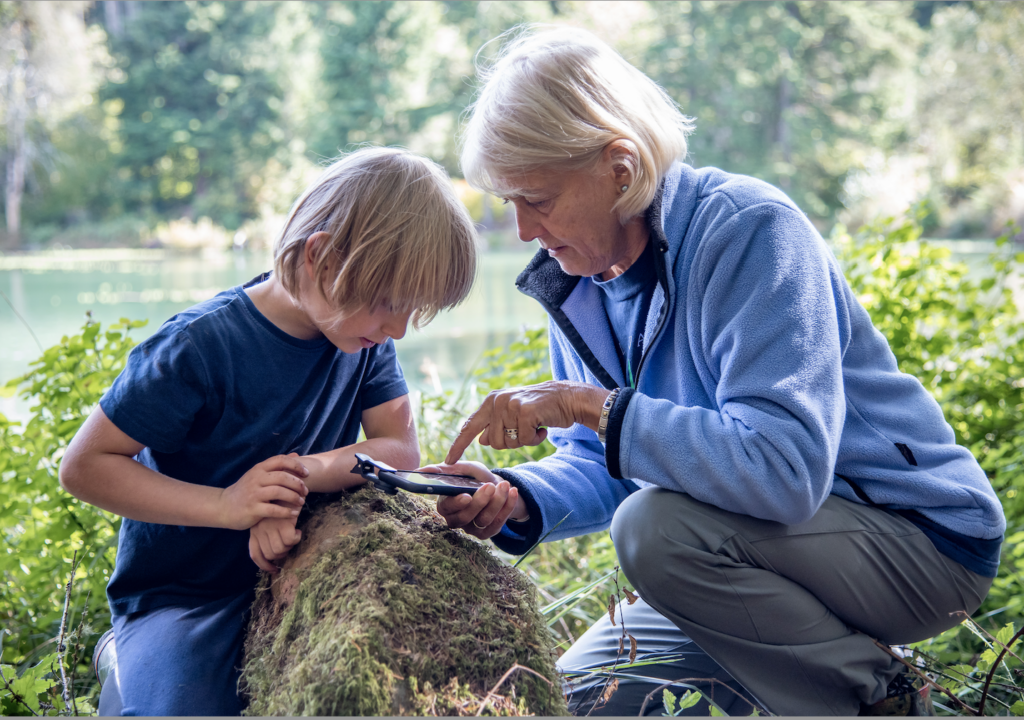
Looking for ways to connect with real scientists?
Sci-Starter – Citizen Science is a great resource for setting up a partnership with real world scientists and to participate in a wide variety of programs. They have a specific education area for teachers on the site. There is a wide variety of activities for all areas of science listed on the website and frequently plants are a featured topic.
Want to Integrate Plants and Engineering?
We have three STEM activities that we use to support our plant units.
Plant Adaptations
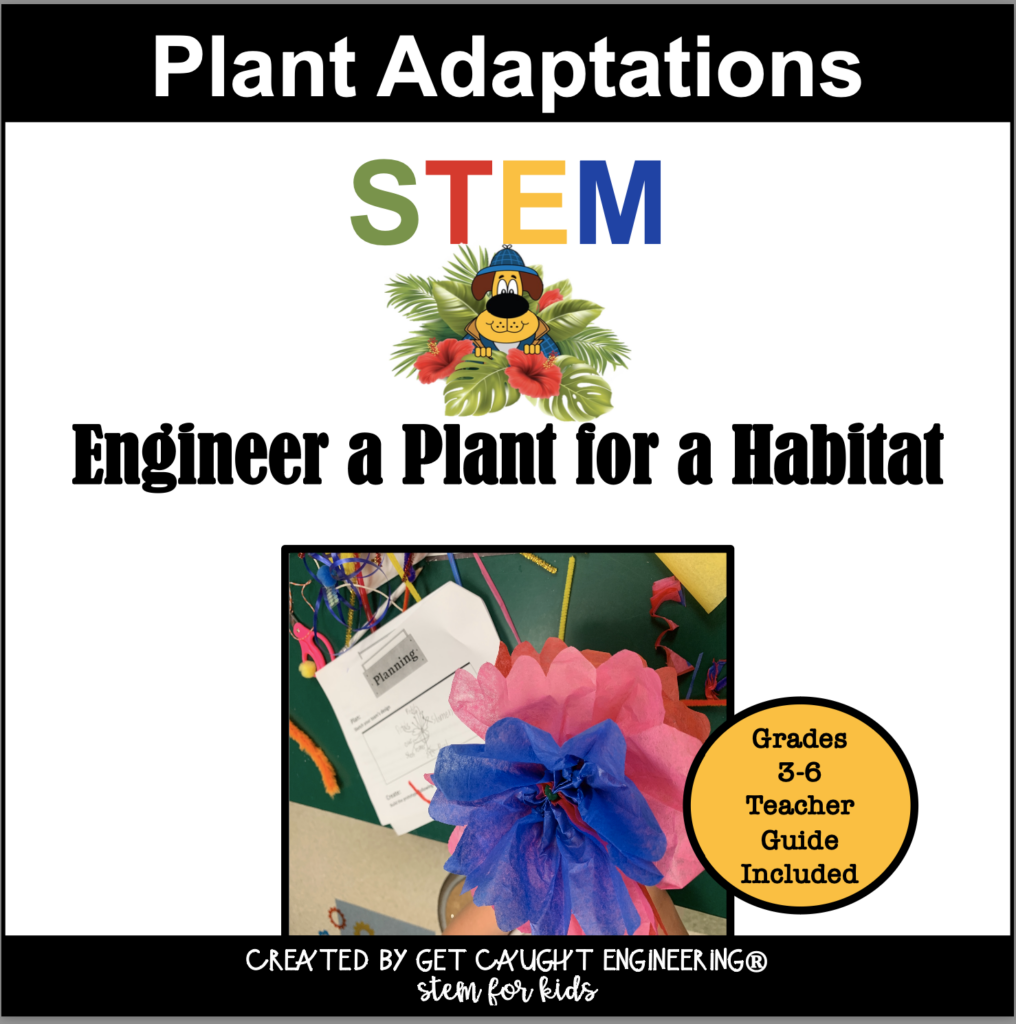
Have your students engineer adaptations for a plant they invent for one of five different biomes.
STEM and Plant Adaptions provides a great way to integrate engineering into a unit on adaptations, biology, and nature studies.
STEM and Fantasy Flowers
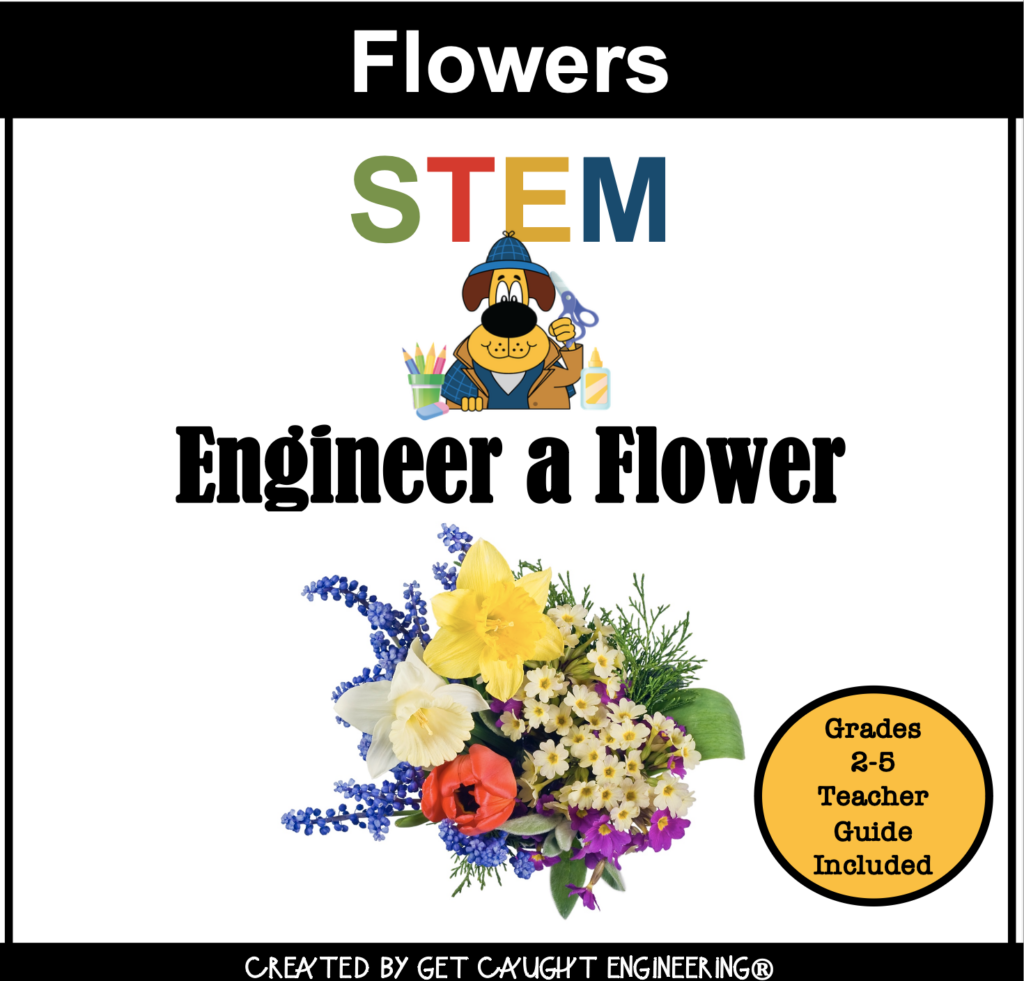
Create a fantasy flower for the STEM Flower Show. A great way to wrap up a unit on plants and have students apply what they have learned to engineer their own creation.
The Great Vegie Car Race
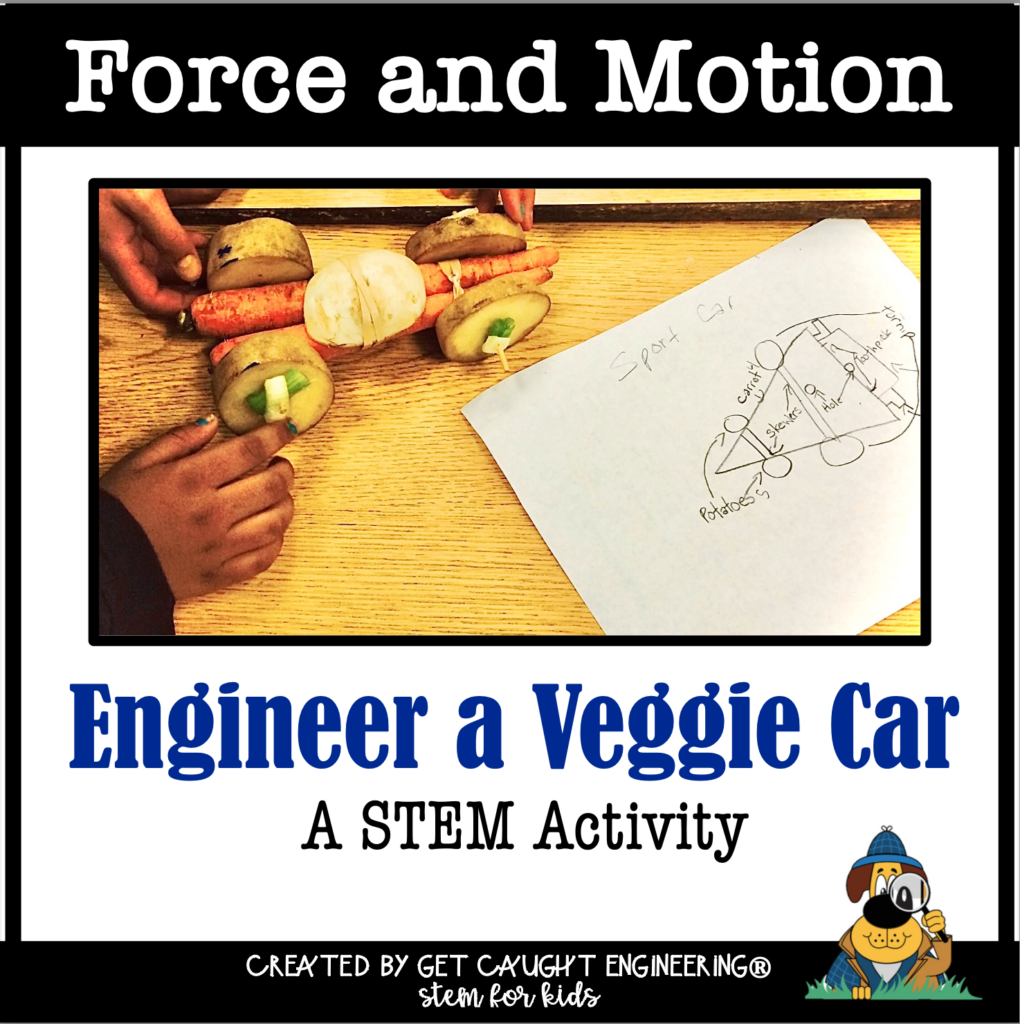
A super fun way to take review of plants even further is to have your students take part in The Great Veggie Car Race. Your students will investigate vegetables and their potential for various car parts as they design their own race car out of veggies. Roots, stalks, stems and flower parts will take on new meaning when they analyze onions, potatoes, broccoli, carrots and celery.
Books and Plants
Some of our favorite books for supporting our plant unit include:
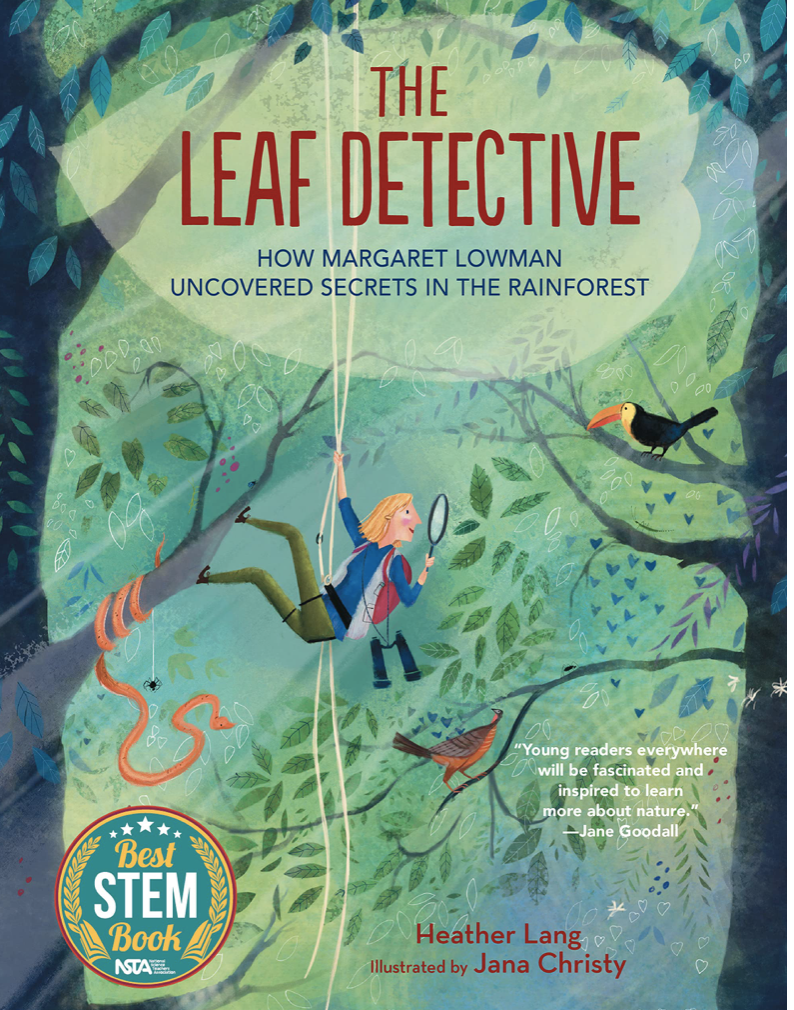


Harlem Grown: How One Big Idea Transformed a Neighborhood
By Tony Hillery and Jessie Hartland

by Kim Andrews
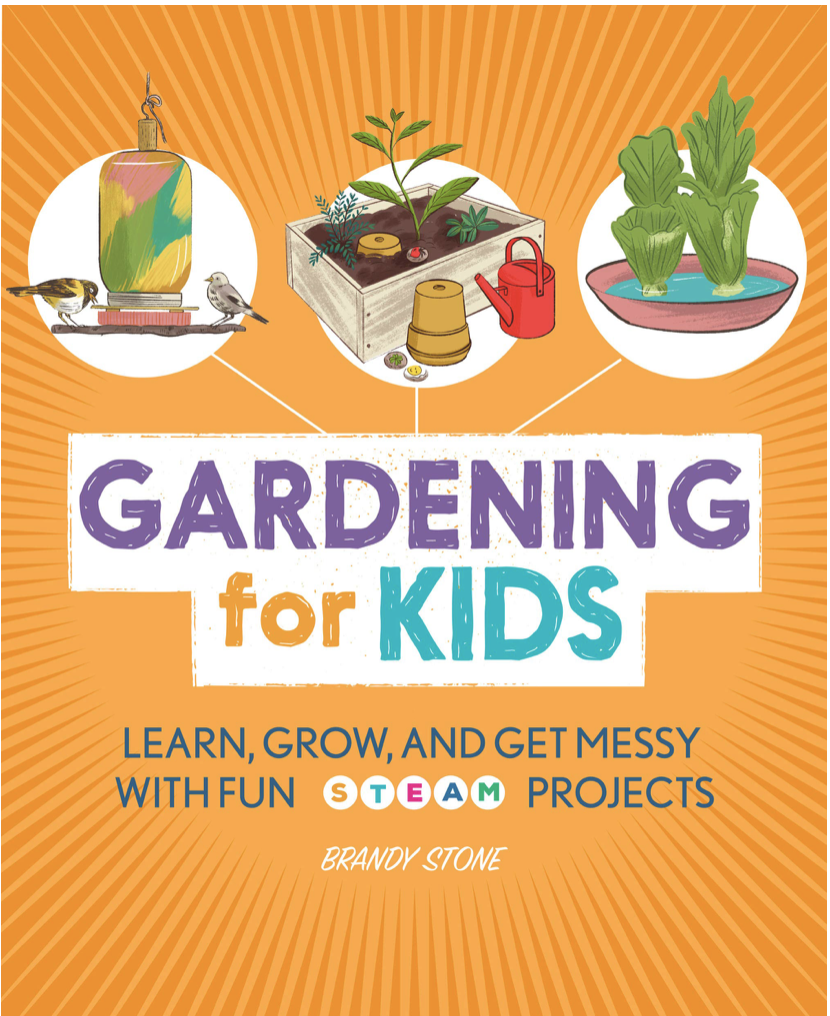
by Brandy Stone
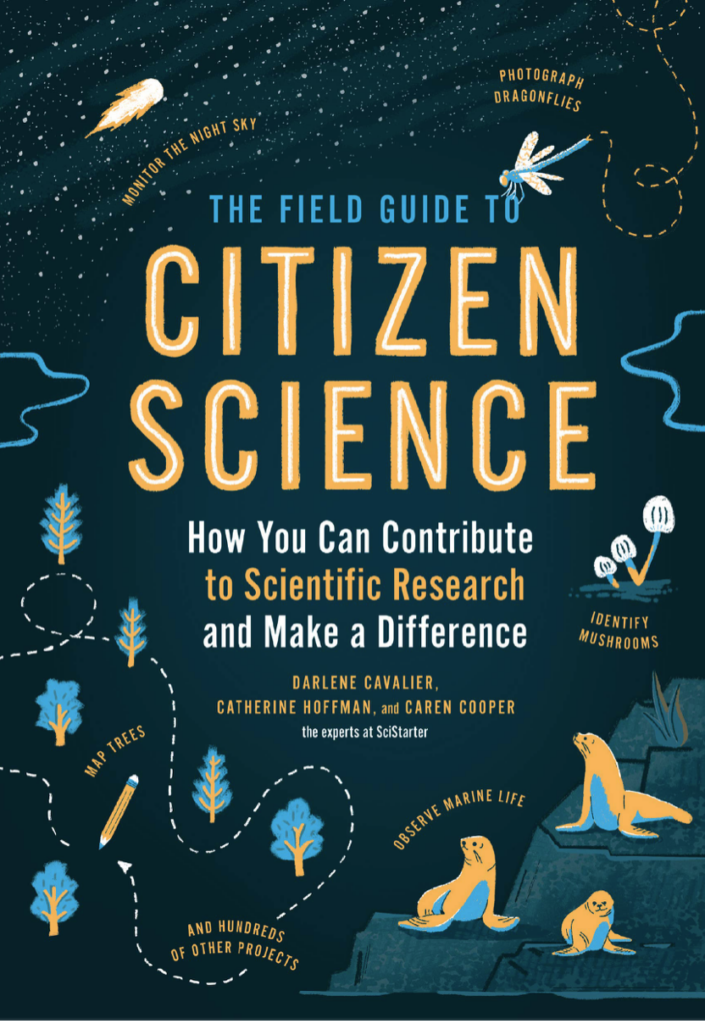
by Darlene Cavalier
Resources
These additional links to sites and models provides a wealth of information, support and ideas.
Engineering is Elementary - Designing Hand Pollinators
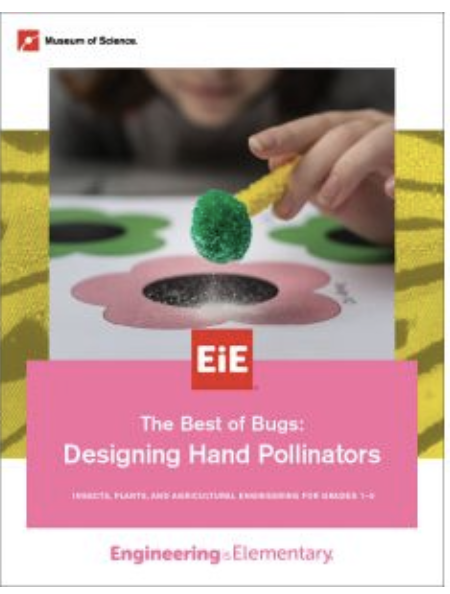
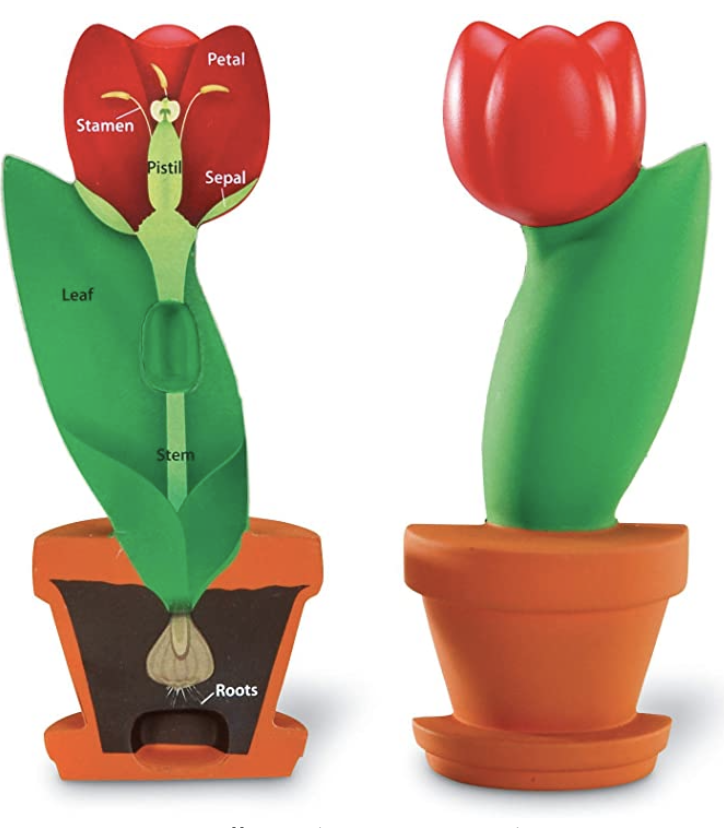
Cross section of flower demonstration model
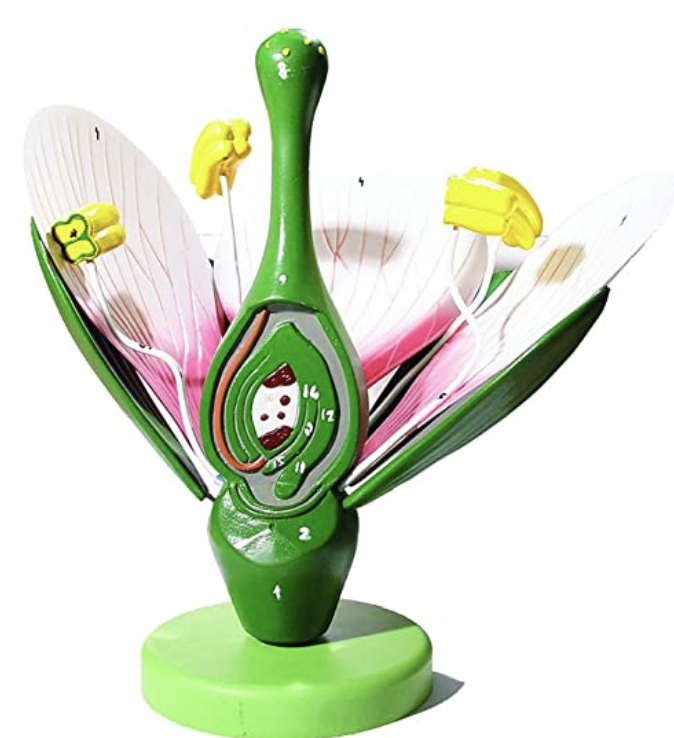
Dicot enlarged Flower Model that can be Dissembled

Spring plus seeds plus plants - all the ingredients for a wonderful and inspiring science unit. As you design your science lessons we encourage you to integrate other STEM concepts. There will be lots of opportunities to include math, technology, engineering, and most importantly some hands-on fun!
We hope you Get Caught Engineering® in your plant unit!
Wendy and Cheryl
Disclaimer: As an Amazon Associate we earn from qualifying
purchases. This helps to support our website








